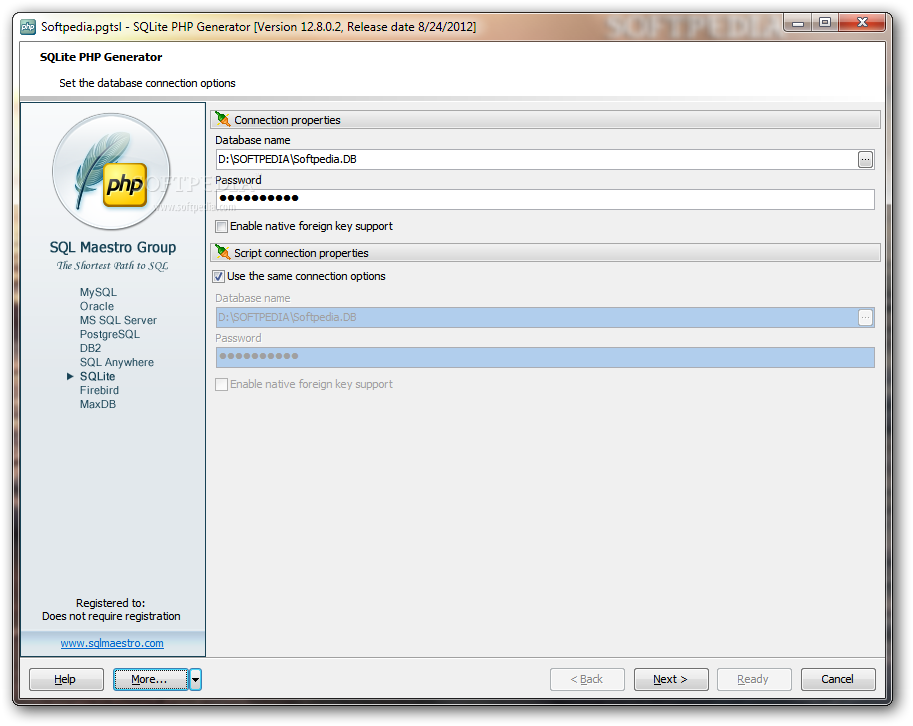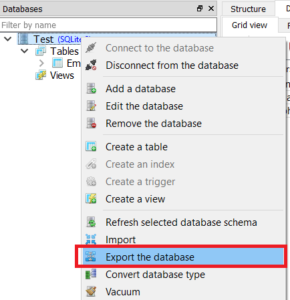
-a, -ad-hoc - run using an ad-hoc SSL context.Ī Dockerfile is provided with sqlite-web.-c, -cert and -k, -key - specify SSL cert and private key.-u, -url-prefix: URL prefix for application, e.g.Multiple extensions, specify -e for each extension. -e, -extension: path or name of loadable extension(s).-R, -rows-per-page: set pagination on content page, default 50 rows.Ctrl-B Settings Menu : Ctrl-Shift-S Info : Ctrl-I Editor Shortcuts. Quick and easy way to run sqlite query online. -r, -read-only: open database in read-only mode. OnlineGDB is online IDE with sqlite editor.Password, but will use the value from the environment.
#Sqlite editor password#
-P, -password: prompt for password to access sqlite-web.Īlternatively, the password can be stored in the "SQLITE_WEB_PASSWORD"Įnvironment variable, in which case the application will not prompt for a.-x, -no-browser: do not open a web-browser when sqlite-web starts.

#Sqlite editor update#
The export tab supports exporting all, or a subset, of columns:īasic INSERT, UPDATE and DELETE queries are supported: There is an option to automatically create columns for any unrecognized keys in the import file: The import tab supports importing CSV and JSON files into a table. The query results are displayed in a table and can be exported to either JSON or CSV: The query tab allows you to execute arbitrary SQL queries on a table. Links in the table header can be used to sort the data: The extension conveniently displays records in a table format, which can be further visualized through plotting or exported in CSV format. It allows you to read, edit, and manipulate records within one or multiple SQLite databases. The content tab displays all the table data. This extension offers a range of functionalities to simplify your interaction with SQLite databases. From this page you can also create, rename or drop columns and indexes. The structure tab displays information about the structure of the table, including columns, indexes, triggers, and foreign keys (if any exist). The index page shows some basic information about the database, including the number of tables and indexes, as well as its size on disk:

Columns (yes, you can drop and rename columns!).Works with your existing SQLite databases, or can be used to create new databases.$ sqlite_web /path/to/database.db Features


 0 kommentar(er)
0 kommentar(er)
